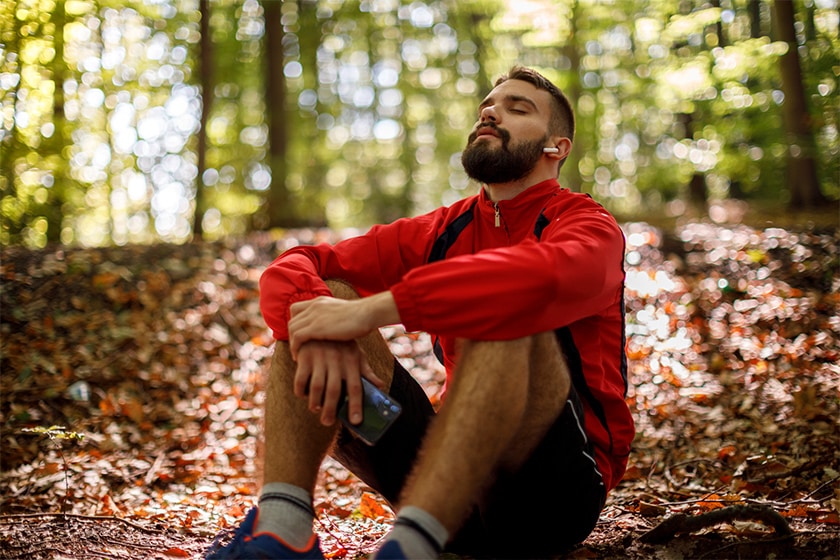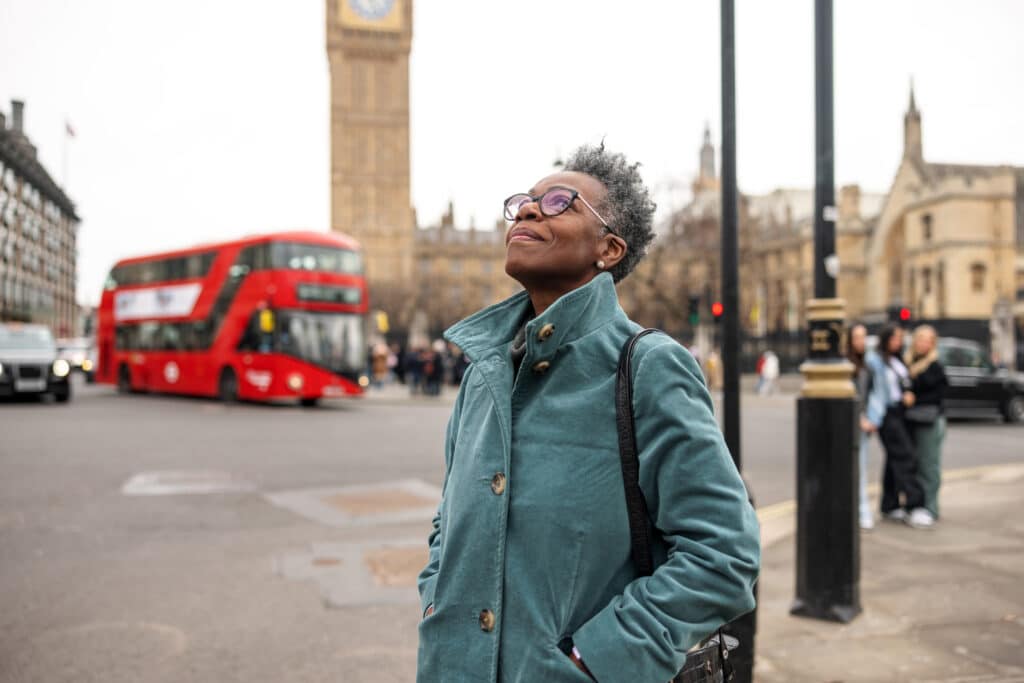We all breathe. Breath is one of the most basic needs. Yet there can be unique differences in our breathing. These differences are closely linked to both our physical and mental health. Here’s how.
The science of breathing
Think of a time you were scared or nervous. Did your breathing change? Most likely, yes. Breathing is part of the parasympathetic nervous system, or the things your body does automatically in the name of survival.
When you’re stressed or scared your breathing rate and volume naturally increase. Why? You may have heard of the “fight or flight” reflex, that is, all the things your body does to prepare to either fight a threat or run away from it. More oxygen gets you ready to fight—or flee.
Meanwhile, when you’re relaxing on the couch, you don’t have to tell yourself to breathe more slowly. Your body just does it naturally. Most of the time. For some people, there’s a tendency to keep breathing more than their body needs to, all the time.
Too much of a good thing
Scientists have studied these differences in breathing for decades and have learned that they are linked to anxiety attacks and PTSD symptoms. People who suffer from these conditions often breathe too fast and take in too much air—even when not doing a demanding activity that needs more oxygen. For example, you’re sitting in a chair, but breathing enough for a light jog. Yawning and sighing a lot can also be signs of this.
These habits cause you to take in too much air. (Yes, there’s such a thing!) In some people, it also sets the stage for panic attacks or post-trauma flashbacks.
One theory to explain this tendency to inhale too much air is a “faulty suffocation alarm.” That is, your brain thinks you are drowning or running and triggers you to gasp for air. Except there’s plenty of available oxygen.
A new way
So, what can you do about it? Simply paying attention to your breathing isn’t enough. The first step is to learn how to breathe—both pace and depth of breaths—to take in the right amount of air. The next step is practice.
For people who suffer from panic attacks or PTSD symptoms, Freespira is a treatment that teaches healthy breathing patterns. Patients use a tablet with a dedicated app with a sensor and a small tube to sample and measure their breathing. This provides real-time feedback to enable users to adjust or fine-tune their breathing.
Old habits—especially automatic ones—do take time to change. That’s why the program takes 17 minutes of practice, twice a day. But it works. 86% of Freespira users were panic attack-free at the end of their 28-day program (Kaplan et al., 2020). And 88% said they would recommend Freespira (Tolin et al., 2017).
Freespira is FDA-cleared and can be used by those who suffer from panic attacks or PTSD symptoms. You don’t need to visit a doctor or therapist to be eligible. If you think Freespira could help you or a loved one, find out more.
05533 Rev A



